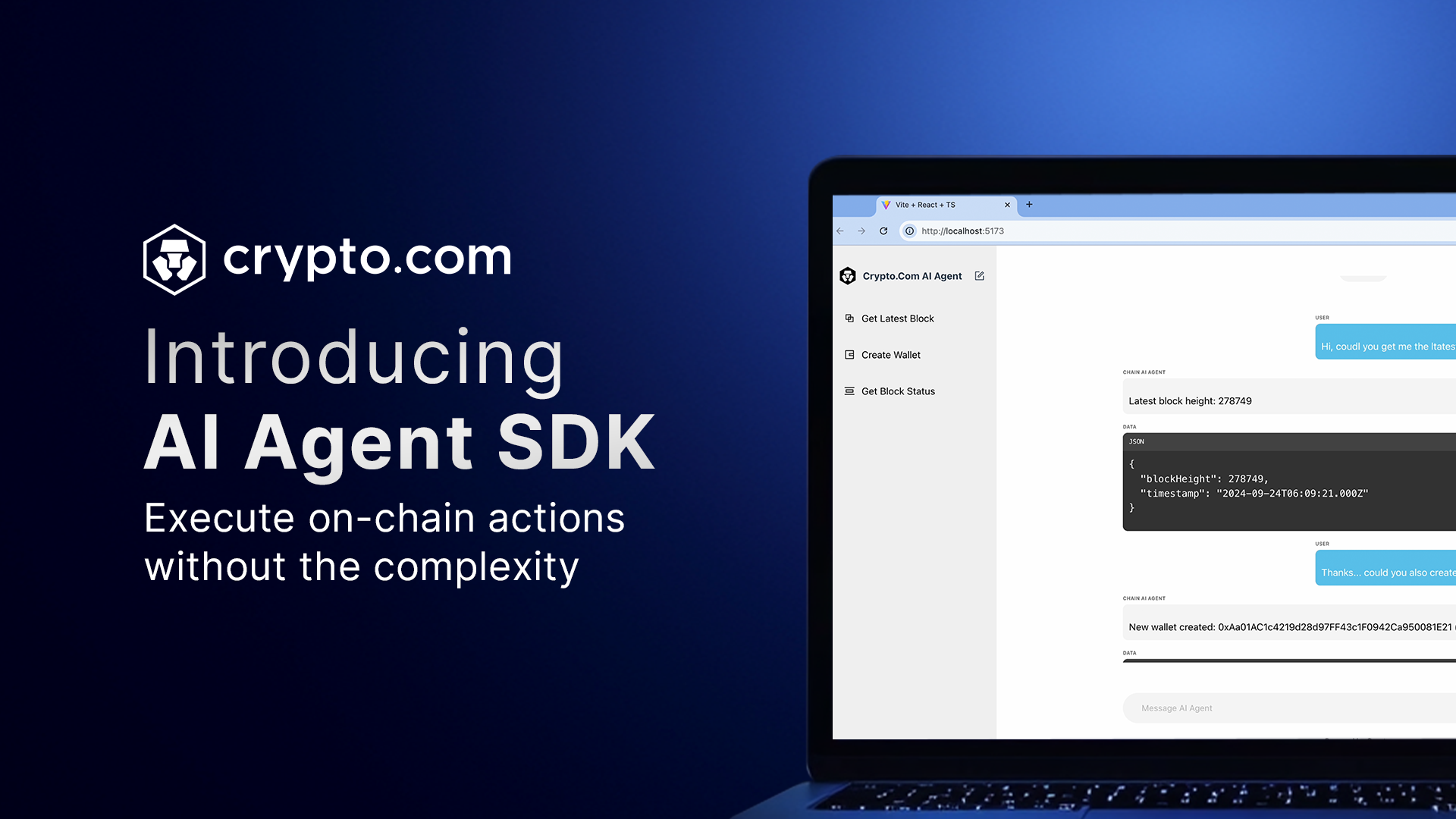The way AI may gain public trust is more important to the drive for its widespread incorporation into society than its technological capabilities. A call to action, perhaps best summed up by the phrase “Trust in AI,” has been issued in response to this fundamental challenge by individuals such as Lord Mayor Michael Mainelli, who emphasizes the necessity for public acceptance for the future of AI.
Amidst the evolving worldwide conversation, interested parties are examining strategies to overcome public doubt and create structures that encourage openness, morality, and responsibility in the creation and application of artificial intelligence.
The journey to public trust in AI
Even while AI has the potential to revolutionize a lot of areas of human life, such as finance and education, the average public is still suspicious about it. Concerns around algorithmic biases, job displacement, and manipulation have eclipsed the potential advantages of artificial intelligence. Initiatives like the Lord Mayor’s ethical AI effort have evolved as a result of the realization of how urgent it is to solve these challenges. Stakeholders hope to inspire confidence in AI technology by promoting the adoption of standards like the ISO standard on AI management systems and offering certification programs in ethical AI.
An international movement for standardization and quality control has gained traction in place of national efforts. Leaders in the industry and specialists in artificial intelligence gathered at Mansion House recently to discuss the advantages and disadvantages of AI. The agreement that emerged made clear how important it is to have high-quality global infrastructures in order to support consumer confidence in AI products and services.
The Walbrook AI Accord was created as a concrete result of this cooperative project. With this agreement, a shared commitment to creating guidelines for the responsible, open, and moral application of AI is being made, opening the door for its broad deployment.
Navigating the road ahead
Concerns concerning the actual application and enforcement of these frameworks are common as the drive to create global standards and certifications for AI intensifies. How can authorities protect against possible threats while yet encouraging innovation?
Which procedures are going to be implemented to guarantee responsibility and compliance in various sectors and legal systems? Stakeholders must continue to communicate and work together as the task at hand is very difficult, and finding the answers to these issues is crucial.
Finally, AI’s capacity to gain the faith and trust of the people it aims to assist will determine its success just as much as its scientific capability. Transparency, responsibility, and ethical stewardship are tenets that will chart the course of artificial intelligence (AI) for future generations as the technology moves closer to becoming widely accepted.





